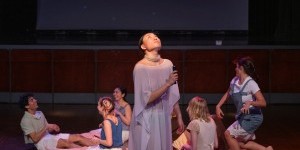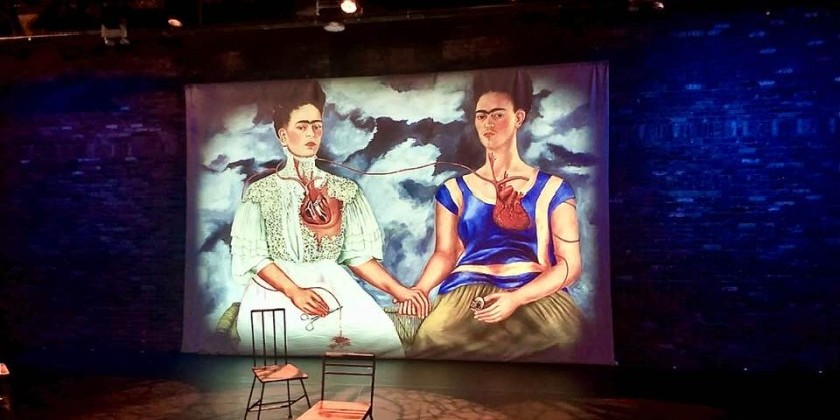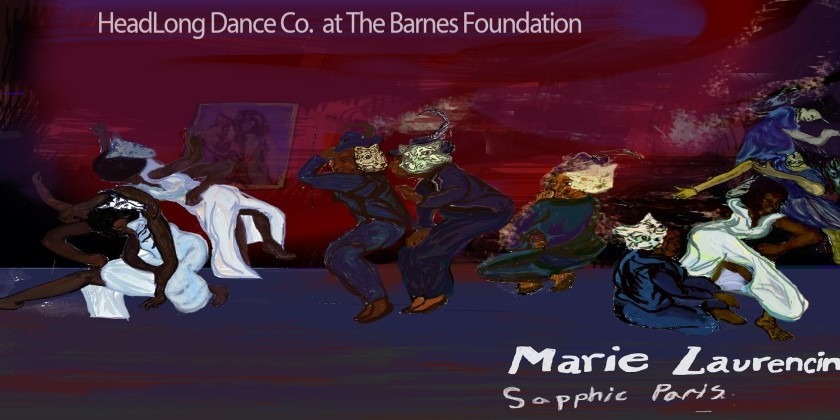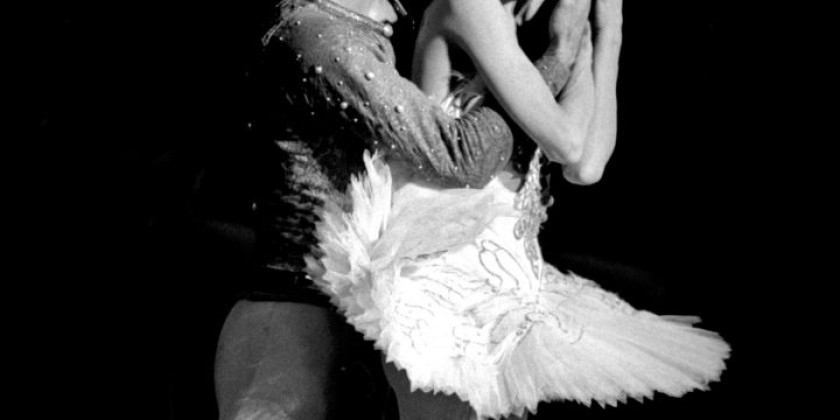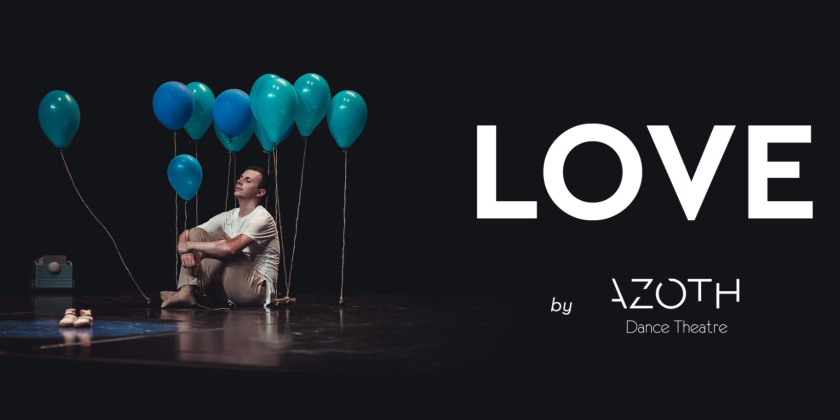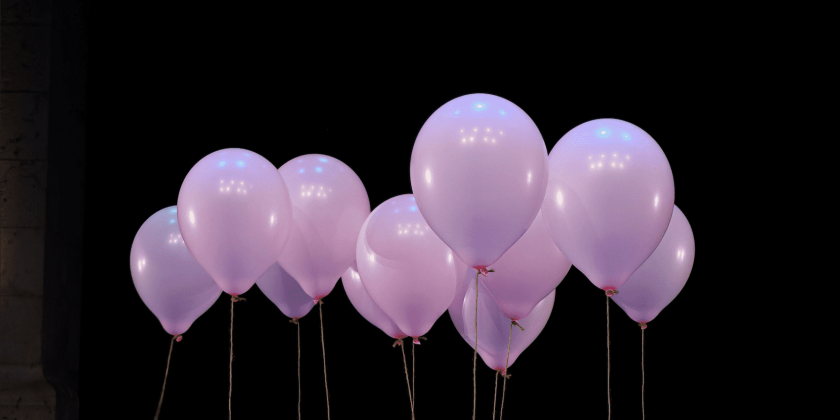AUDIENCE REVIEW: Jiemin Yang's "Configuration of Us"
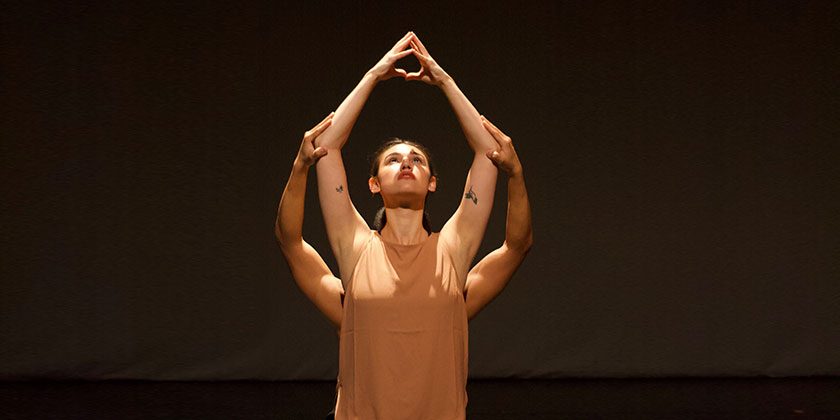
Company:
Jiemin Yang
Performance Date:
September 21st, 2019
Freeform Review:
Jiemin Yang’s duet Configuration of Us premiered on September 21st at the Jamaica Performing Arts Center. It was part of the 10th Annual Making Moves Dance Festival, and this festival was titled “Dance Across Cultures.” The program consisted of three dance pieces:
- Configuration of Us (Jiemin Yang): This duet was the outcome of Jiemin’s blend of contemporary dance inspired by Chinese mythology.
- Valentina (Excerpts) [Andrea Guajardo]: Presented by Ballet Napantla, this collection of dances fused Mexican Folklorico with contemporary dance.
- The Legend of Three (commissioned artist Page Stewart): Presented by The Kingdom Dance Company, The Legend of Three was a blend of spoken word poetry and hip hop, with “their theme [revolving] around Ancient African tribal culture while using new age…performances as [they relate] to the battles of present time issues.”
Configuration of Us – which was danced by Jiemin Yang himself and Arzu Salman - nods to the deity figure Nezha from Chinese mythology. Nezha was a boy with extraordinary power and daring characteristics, not always knowing his capacity for creating chaos or change. According to legend, Nezha was born as a boy rather than as an infant to the stern military commander Li’s family. Nezha fought against the unjust Dragon Kings. Jiemin informed me that Nezha “caused misunderstandings and troubles to the family and to the community,” ultimately killing himself in order to redeem himself.
Jiemin also stated that his duet “explores the relationship between a traditionally-minded mother figure and a child with liberal mind, centering on topics of love, traditions, conflicts, struggles, identities, individuality, and responsibility.” Arzu and Jiemin dancing together allowed Jiemin to explore his relationship with his own mother. Jiemin also identified with Nezha’s character – Jiemin’s artistic power ran in parallel with Nezha’s magic. Art and magic, Jiemin thought, are great catalysts for change in the world. Also, in correlation with Nezha’s myth, Jiemin related with taking an uncommon pathway in life (through art), as he was the first in his family to do so.
Having watched the duet without the myth’s context, I enjoyed applying what I learned about Nezha’s character when remembering how Jiemin and Arzu approached their performance.
What struck me the most in Jiemin’s duet was a box-like arm gesture that was statuesque, strong, and commanding. The gesture was very angular, creating the image of Jiemin and Arzu carrying a large rectangle. This gesture recurred dozens of times. Sometimes it was viewed in different planes of the body, sometimes it was held above the shoulders, and sometimes it was held below the torso. The arm gesture was introduced alone, but Jiemin also connected his rectangular shape with Arzu, when she created the same shape. This emphasized the gesture’s appearance, and it was in this connection that they began the duet.
The opening of the duet appeared peaceful and controlled. Arzu and Jiemin sat back to back in the downstage right corner, doused in blue light. Arzu was the only dancer visible, as Jiemin sat directly behind her. Arzu moved her arms and torso in a deliberate manner, creating intricate gestures with her hands – and each movement was married with the music (Winter Lullaby by Brandon Fiechter). Jiemin soon joined Arzu, connecting with her back and ultimately being the impetus to rise from their seated position. Their close, physical connection – and the fact that Arzu began the dance and moved with such precision – hinted to Jiemin’s exploration of mother and child roles.
Once Arzu and Jiemin rose, their movement surged throughout the entire stage, which was refreshing. Another movement that they repeated was a type of crawl across the floor that travelled them efficiently through the space. It was this crawl that Jiemin used to break off of their seated, opening position, and it recurred in some of Jiemin’s solo material.
Jiemin and Arzu both wore wide, flowing gauchos. Arzu also wore a high neck, nude, fitted tank top, and Jiemin did not wear a shirt. These costumes emphasized their grounded qualities.
Whether Jiemin and Arzu danced together or as soloists, their focus was deliberate – almost harsh at times, which made me wonder what their characters were facing. When Jiemin danced alone, the stage lights shifted to a red background, which could have indicated either a harshness or a surge of power. Now knowing the myth’s context, I wonder how much of this performance was narrative, or if the duet was extremely loosely based on Nezha’s story. As a whole, Jiemin and Arzu danced with a satisfying contrast between jagged shapes and smooth motions.
Right before ending the dance, Jiemin and Arzu briefly returned to their opening positions – even the lighting returned to its original blue. This image was nice to see again, though it had a different connotation now that I had seen the dancers’ relationship on stage for about ten minutes already. Configuration of Us concluded with Jiemin and Arzu connecting once more through their backs, as in the beginning. However, they were standing up, and in the center of the stage. Rotating and remaining connected through their backs, they circled slowly as the stage lights began to fade. Their arms were once again in the box-like gesture, which was a wonderful, and peaceful finish; it employed both the angular arm gesture with their circular quality.
Author:
Kristen Hedberg
Website:
kristenhedberg.org
Photo Credit:
Madison Mcgain






